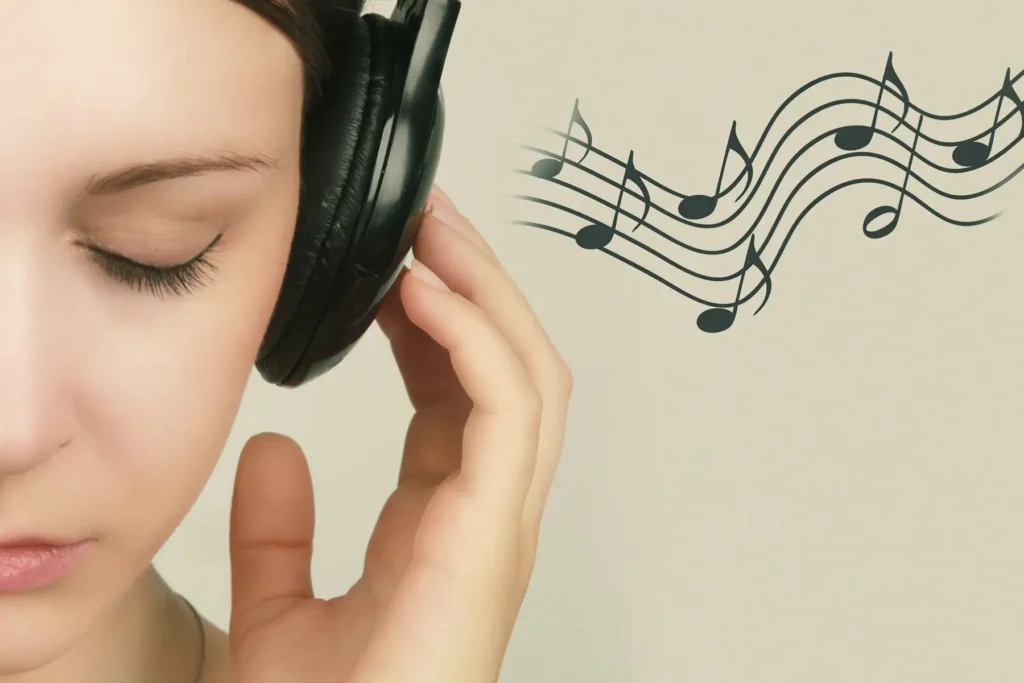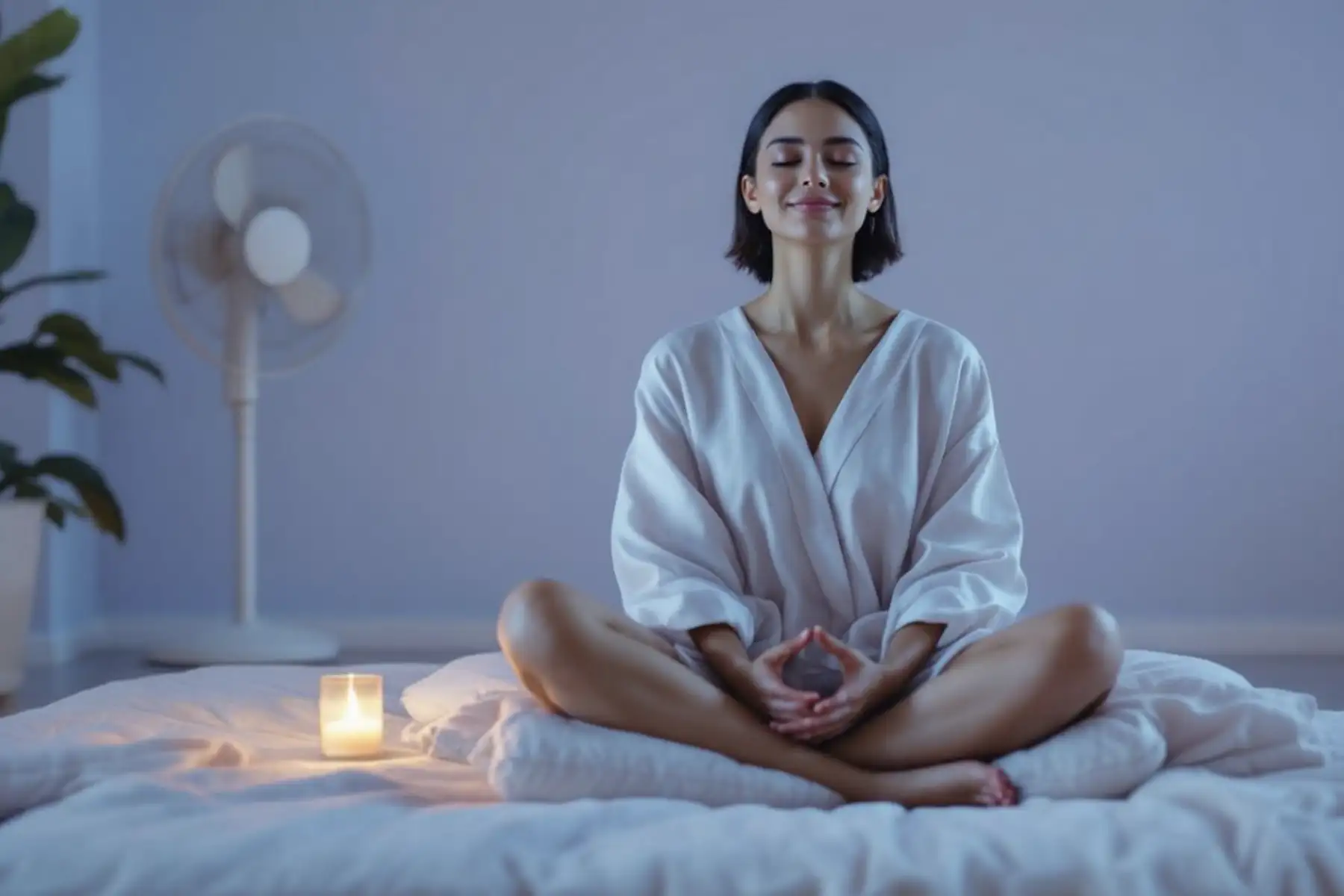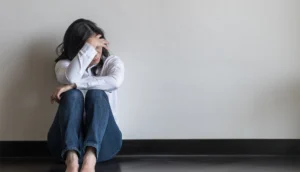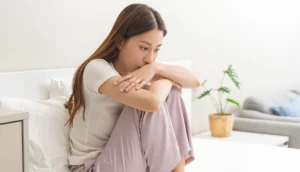Struggling with anxiety? You’re not alone, and there are effective methods you can use right now to calm anxiety. This article offers practical tips designed to help you manage how to calm anxiety and find quick relief. Keep reading to discover simple strategies that can make a big difference in your well-being.
Key Takeaways
- Diaphragmatic breathing and progressive muscle relaxation are effective techniques for reducing anxiety by promoting relaxation and counteracting the stress response.
- Mindfulness practices, such as guided imagery and physical activity, enhance emotional well-being and reduce anxious thoughts by grounding individuals in the present moment.
- Consulting mental health professionals and utilizing tailored therapy and medication can provide significant support for managing anxiety disorders.
Diaphragmatic Breathing Techniques
Diaphragmatic breathing, also known as deep breathing, is a powerful relaxation technique that can significantly reduce anxiety. Engaging the diaphragm during breathing stimulates the parasympathetic nervous system, counteracting the stress response and promoting calmness. Regular practice of diaphragmatic breathing alleviates anxiety, fostering relaxation and tranquility.
Imagine being able to control your breath in a way that brings immediate relief from stress. Diaphragmatic breathing is not just about taking deep breaths; it’s about breathing in a way that maximizes oxygen intake and promotes relaxation. This technique is simple yet effective and can be practiced anywhere, whether you’re at home, at work, or even in the midst of a stressful situation.
Step-by-Step Guide to Diaphragmatic Breathing
To begin, lie on your back with your knees bent. Place one hand on your chest and the other below your rib cage. This will allow you to feel the movement of your diaphragm as you breathe. Inhale deeply through your nose, allowing your stomach to rise while keeping your chest as still as possible.
Next, exhale slowly through pursed lips, tightening your stomach muscles and ensuring that your chest remains motionless. To build proficiency, practice diaphragmatic breathing for 5 to 10 minutes, three to four times daily.
Over time, this practice can become a natural response to stress, helping you maintain calm in challenging situations.
Progressive Muscle Relaxation
Progressive Muscle Relaxation (PMR) is another effective technique for reducing anxiety and stress levels. This practice involves systematically tensing and relaxing different muscle groups, helping to alleviate muscle tightness, which is often a physiological response to anxiety. Focusing on each muscle group individually in PMR promotes relaxation and helps manage anxiety more effectively.
Think of PMR as a way to give your body the relaxation it needs. Gradually increasing tension in each muscle group and then releasing it melts away stress. This technique not only helps relieve anxiety but also enhances your overall sense of well-being.
How to Perform Progressive Muscle Relaxation
Begin by finding a comfortable position, either sitting or lying down, to minimize strain on your muscles. Start with your hands, tensing them for 4 to 10 seconds, then rapidly releasing the tension to feel the relaxation. Move sequentially through various muscle groups from your hands to your toes, synchronizing your breathing with each muscle contraction.
If you experience any discomfort during the tensing phase, ease or skip that particular exercise to avoid aggravating any injuries. After completing the sequence, count backward from five to help refocus your mind. This technique can be particularly useful when localized tension occurs, as you can target specific areas without going through the entire sequence.
Mindfulness and Staying Present
Mindfulness is a crucial aspect of managing anxiety, as it helps individuals focus on the present moment, reducing overwhelming feelings. Staying present helps manage stress and anxiety, preventing the mind from being consumed by anxious thoughts. Mindfulness encourages you to engage with your surroundings and pay attention to your immediate experiences, which can significantly reduce anxiety.
Imagine being able to quiet your mind and focus solely on the here and now. Mindfulness allows you to do just that, helping you to stay grounded and reduce the impact of negative thoughts. This practice can be integrated into your daily routine, making it easier to manage anxiety and stress.
Simple Mindfulness Exercises
One simple mindfulness exercise is walking meditation, where you focus on the act of walking and the sensations involved, grounding you in the present moment. Another effective practice is guided imagery, which involves finding a quiet space, taking deep breaths, and vividly imagining a serene scene.
Activities like yoga and tai chi also incorporate mindfulness and promote relaxation, making them effective for reducing anxiety. By paying attention to your surroundings and engaging your senses, you can enhance your mindfulness practice and reduce anxiety.
Incorporating these exercises into your daily life can significantly help in managing anxiety.
Guided Imagery for Relaxation
Guided imagery is a relaxation technique that involves using directed thoughts and visualizations to achieve a calm and focused state. By imagining peaceful settings, you can foster a connection between your mind and body, promoting a sense of tranquility and well-being. This technique can significantly reduce anxiety and help you feel more in control of your emotions.
Think of guided imagery as a mental escape to a place where you feel at peace. Visualizing serene environments creates a sense of calm and relaxation that halts anxious thoughts. This technique is particularly useful for those who struggle with anxiety, as it provides a mental break from stressors.
Examples of Guided Imagery Techniques
One effective guided imagery technique is body scan meditation, which promotes awareness of physical sensations and helps reduce anxiety. Imagine serene environments, like beaches or mountains, to enhance relaxation during guided imagery sessions. Adding sensory details, such as sounds or scents, can deepen the relaxation experience.
Establishing a ‘return’ cue, a simple word or sound, helps individuals access their calm place more easily in future sessions. Completing a guided imagery session involves gradually bringing yourself back to the present while retaining a sense of relaxation.
These techniques can be a valuable addition to your relaxation techniques toolkit.
Physical Activity and Exercise
Engaging in regular physical activity can enhance your overall well-being and mitigate feelings of feeling anxious. Exercise triggers the release of endorphins, which are natural mood lifters that can help alleviate anxiety. Regular physical activity is one of the most effective nonmedical approaches for preventing and treating anxiety.
Imagine turning your anxiety into energy and using it to fuel your workouts. Exercise not only helps redirect your focus from anxiety but also reduces muscle tension and alters brain chemistry in a beneficial way, preventing you to feel anxious and making anxiety worse. When you start exercising, it often feels anxious at first, but the benefits quickly follow.
Whether it’s a brisk walk, a yoga session, or a high-intensity workout, physical activity can make a big difference in your physical symptoms and daily life.
Types of Exercise to Reduce Anxiety
Engaging in physical activities such as running, walking, swimming, and yoga can significantly help to manage anxiety. Brisk walking is a simple yet effective way to enhance your mood and decrease anxiety levels. Aerobic activities like cycling, dancing, or brisk walking are particularly beneficial for managing anxiety symptoms.
Swimming can provide a soothing effect on the body and mind, helping to ease anxiety through rhythmic movement and breath control. Incorporating these exercises into your routine creates a healthy outlet for stress and anxiety, improving overall mental health.

Music Therapy
Music therapy is a powerful tool for managing anxiety. Engaging with music can distract you from anxious thoughts and foster a sense of relaxation. Listening to calming music can lower anxiety levels and improve emotional well-being, making it a valuable strategy for stress relief.
Imagine being able to tune out the noise of anxiety and lose yourself in the soothing sounds of your favorite music. Music therapy offers a unique way to manage anxiety and calm anxiety, providing an emotional outlet and helping you to relax.
Creating a Calming Playlist
Creating a calming playlist involves starting with songs that match your feelings of anxiety and progressively transitioning to slower, more soothing tracks. Incorporating a child’s favorite music and encouraging movement in sync with the tempo can enhance the effectiveness of a calming playlist.
Choosing songs without lyrics can help minimize distractions, allowing you to focus on relaxation rather than the message of the words. Including a mix of different sound styles, such as classical piano and gentle rain sounds, can personalize your playlist for better anxiety management.
Positive Self-Talk
Negative self-talk can create a cycle that undermines self-esteem and perpetuates anxious feelings of inadequacy. Changing these negative internal dialogues to positive affirmations can significantly help in reducing feelings of anxiety.
Imagine replacing your inner critic with a supportive friend. Positive self-talk encourages you to speak kindly to yourself, transforming negative thoughts into uplifting affirmations. This shift in perspective can have a profound impact on your mental health.
Techniques for Practicing Positive Self-Talk
Identifying and writing down examples of negative self-talk is a crucial first step in transforming it into positive dialogues. Identifying specific patterns of negative self-talk, such as personalizing and magnifying, is essential for effective transformation. Reframing these negative thoughts into positive affirmations can significantly enhance self-confidence.
Regular practice of positive self-talk creates a more supportive and encouraging inner dialogue. This practice can help you manage anxiety more effectively and improve your overall mental well-being.
Seeking Professional Help
When anxiety feels overwhelming, seeking help from a mental health professional is crucial. They can provide tailored support and guidance to help you manage your anxiety effectively. Psychiatrists specialize in diagnosing and treating mental health conditions, including panic disorder. Cognitive behavioral therapy (CBT) is recognized as a highly effective psychotherapy for managing anxiety.
Medications for anxiety can include antidepressants, anti-anxiety medications, and sometimes beta blockers for short-term relief. Support groups provide a platform to share experiences and gain support from others dealing with anxiety and panic attacks.
Therapists and psychologists can help individuals manage anxiety disorder through various therapeutic interventions.
Services at Back Bay Mental Health
Back Bay Mental Health offers therapy services tailored for individuals experiencing anxiety disorders. Medication management is available for those who may benefit from pharmacological support. The facility is dedicated to providing mental health services for individuals struggling with anxiety disorders through therapy and medication management.
Located in Boston, Massachusetts, Back Bay Mental Health is committed to helping individuals improve their mental health and well-being. Their comprehensive services ensure that each patient receives the care and support they need to manage their anxiety effectively.
Managing anxiety involves a combination of techniques and strategies that can help you regain control and find peace. From diaphragmatic breathing to seeking professional help, each method offers unique benefits for reducing anxiety and promoting relaxation.
Remember, you are not alone in your journey to manage anxiety. By incorporating these tips into your daily routine, you can create a more serene and balanced life. Take the first step today and explore these techniques to find what works best for you.
Frequently Asked Questions
What is diaphragmatic breathing, and how does it help with anxiety?
Diaphragmatic breathing is a technique that utilizes deep breaths from the diaphragm, activating the parasympathetic nervous system to encourage relaxation. This method effectively reduces anxiety by counteracting stress responses within the body.
How often should I practice Progressive Muscle Relaxation (PMR)?
It is advisable to practice Progressive Muscle Relaxation (PMR) regularly, ideally daily, to effectively manage anxiety and enhance relaxation. Consistency will contribute to greater comfort and confidence in the technique.
Can mindfulness exercises be integrated into daily activities?
Mindfulness exercises can indeed be integrated into daily activities, with practices like walking meditation and yoga seamlessly fitting into your routine to enhance presence and reduce anxiety. Embracing these techniques can significantly improve your overall well-being.
What types of exercise are best for reducing anxiety?
Engaging in physical activities such as running, walking, swimming, and yoga is particularly effective in reducing anxiety symptoms. These exercises promote relaxation and overall mental well-being.
When should I seek professional help for anxiety?
You should seek professional help for anxiety when it becomes overwhelming and begins to interfere with your daily life. A mental health professional can offer tailored support to effectively manage your symptoms.




